Saturday, December 21 marks the official start of the winter season in the Northern Hemisphere with the Winter Solstice. This astronomical event brings the shortest period of daylight and the longest night of the year. Tomorrow, areas near the North Pole will no longer have winter sunlight, while areas near the South Pole will no longer have summer darkness.
Power of the sun
Solstice is derived from the Latin words Sol, meaning ‘sun’, and sisterwhich means ‘to stand still’. Ancient traditions celebrated this day as the rebirth of the sun. Although we have felt the winter chill in the Northeast in recent weeks, the coldest days of winter are still ahead. Our planet is made up of more than 70% water – mainly oceans, which slowly warm and cool. This time of year, the oceans are still retaining some of the residual heat from summer. This means that the coldest days of winter won’t happen for another six weeks or so. Think of the enormous amount of energy we receive from the sun and moon!
Dongzhi Festival
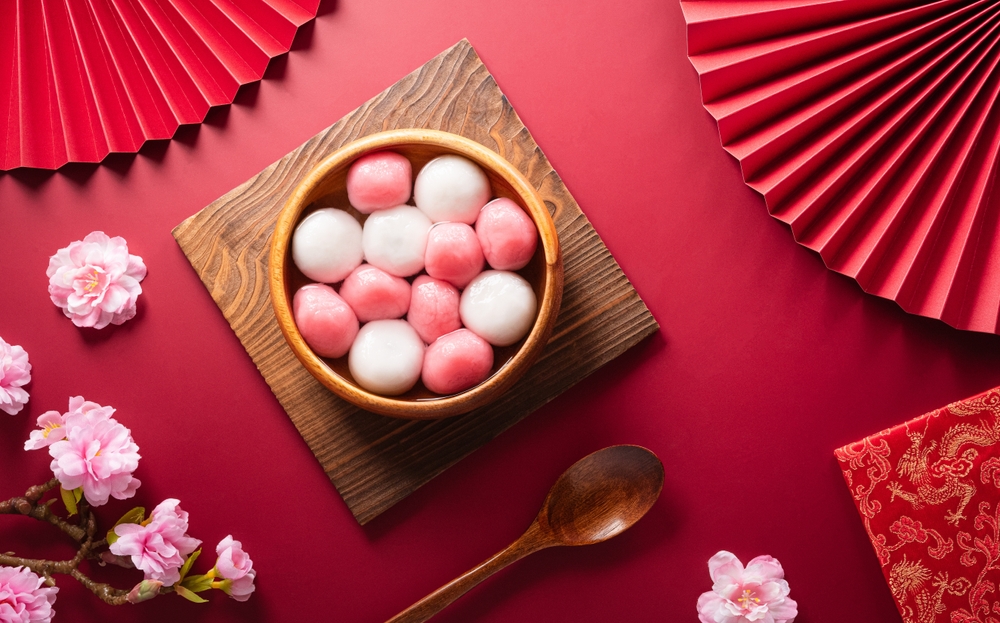
Every year, ceremonies are held to celebrate the winter solstice, such as the Dongzhi Festival in China. During the Dongzhi Festival, which means ‘winter is coming’, people rest and enjoy soups, sweet dumplings and/or bean cakes with their families. The celebration marks the shift in the season and the connection to balance and harmony within the cosmos.
29.8 seconds
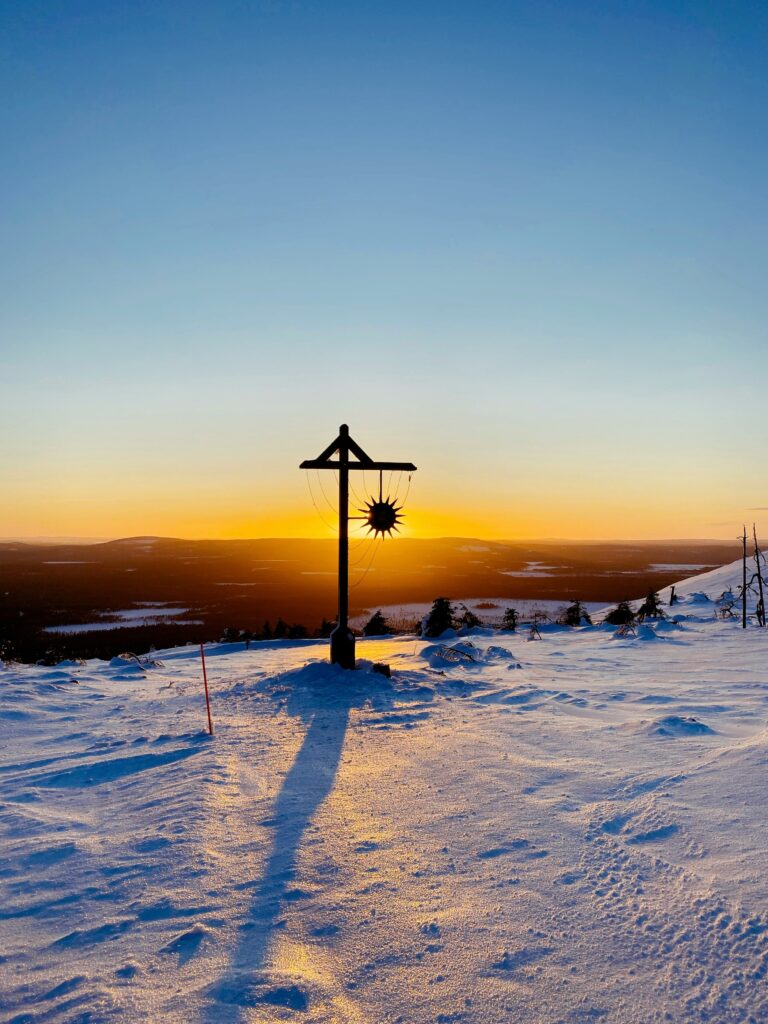
The winter solstice is often called the shortest day of the year because it has the shortest period of daylight. However, it is also the longest sunny day of the year. Around the solstices, the solar days are slightly longer than the 24-hour average that our clocks use to keep time. In the Eastern Time Zone, solar noon on December 21 to solar noon on December 22 will be 29.8 seconds longer than our usual 24-hour day.
On a normal day, a time block of almost 30 seconds doesn’t mean much. But have you ever thought about the number of times your heart beats (about 36), the number of thoughts that go through your head (about 25) and the number of red blood cells your body produces (about 72 million) in this “insignificant” amount of time?
Every moment in time is an opportunity. If you think nothing important can happen in 29.8 seconds, just watch the end of a tied basketball game, or observe a cheetah. In nature’s time, 29.8 seconds can mean the difference between a hiking trail and a snow-covered embankment. Now that you have an extra 29.8 seconds, how will you spend it?
Solstice flower
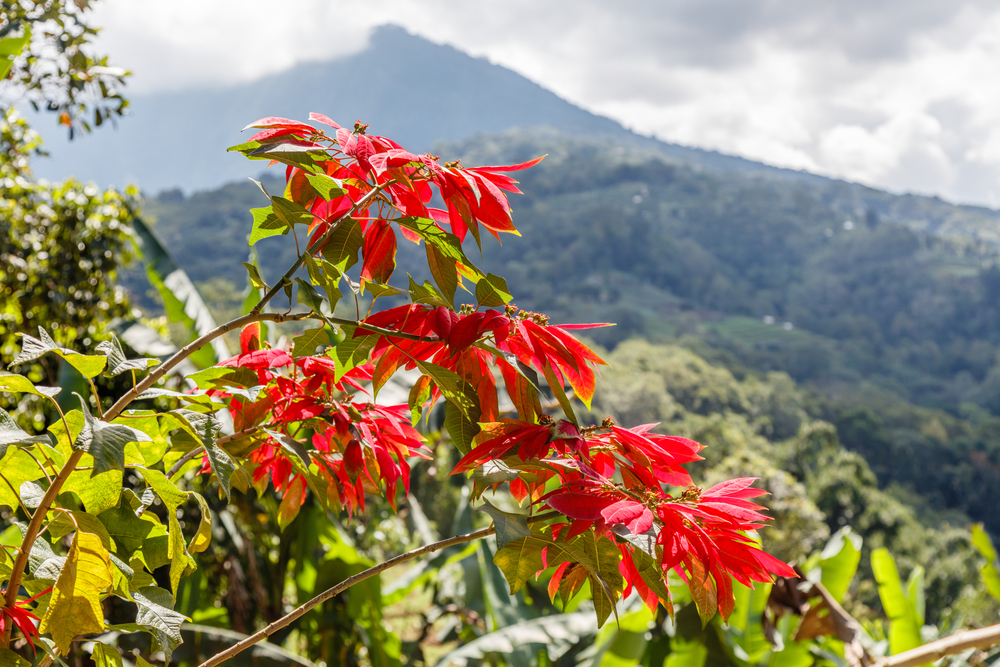
Poinsettia, or Cuetlaxochitl as called by the Aztecs, is a popular flower during the holidays. In its unaltered state, Cuetlaxochitl is wild in nature and resembles a weed with green leaves that grow into red flowers almost overnight. The Aztecs ground the red leaves to make red and purple dyes, and turned the plant’s white sap into medicine.
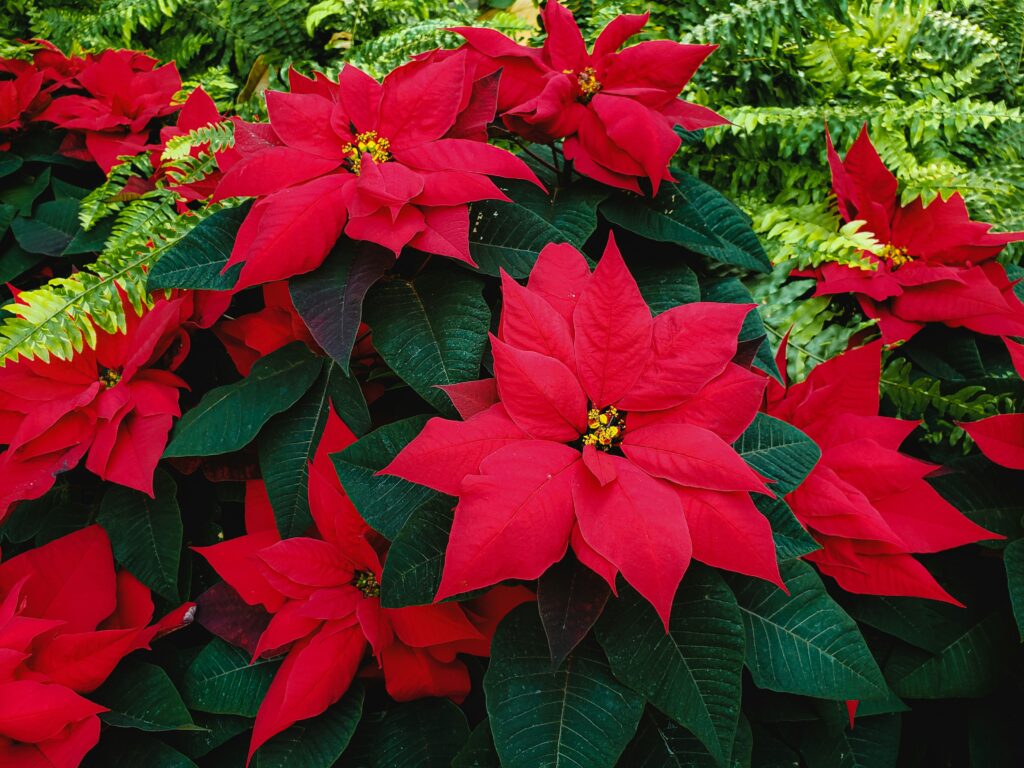
Later, Catholic missionaries in Mexico, fascinated by the plant’s bright red leaves and transformative powers, popularized it at Christmas and used it to decorate nativity scenes. There it was given the name Fleur de Nochebuena, the Christmas Eve flower. Then Joel Poinsett, the U.S. ambassador to Mexico, introduced it to the United States in 1828. Later, a variety was created to put the weed plant in a smaller potted plant, the poinsettia we know and love today.
Catch spring
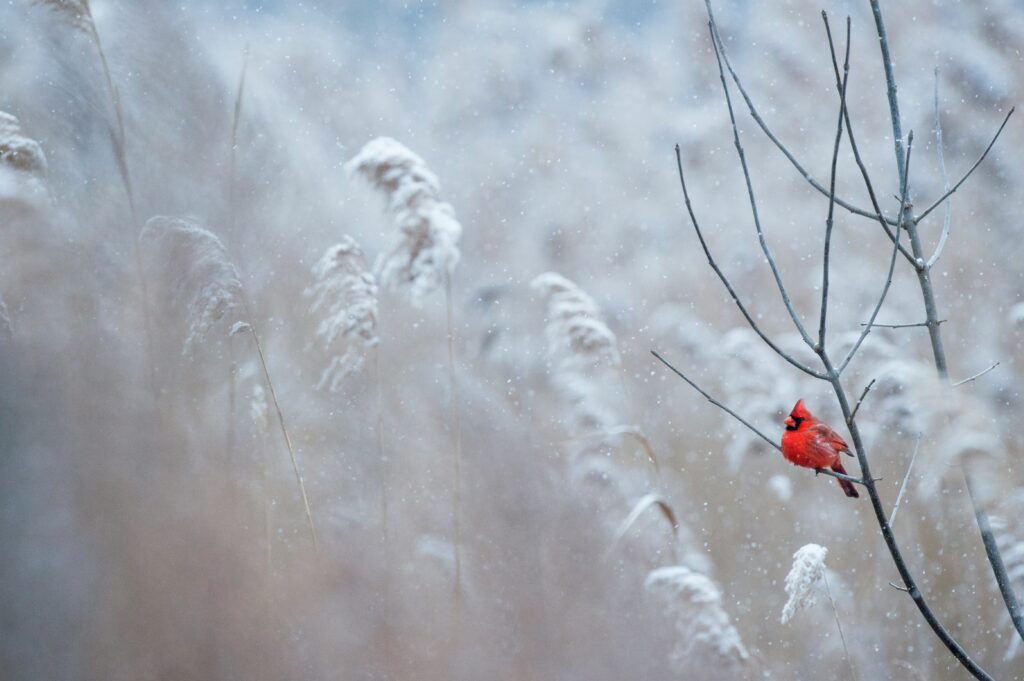
As we journey through the longest night, we reach the moment to prepare for new beginnings. Like a great blue heron waiting in complete silence to catch a fish at the precise moment it arrives, in winter we prepare for spring’s catch. As we cross the threshold of the winter solstice, each day grows longer until we reach the cherished gift of spring.
Be the light in the darkness for yourself and others. Capture the spirit of the Poinsettia (and the Winter Solstice) and begin your own transformation.
Coming soon!
Check out our Calendar of eventss to find out what else is happening in the new year! Start 2025 right and make every moment count!

